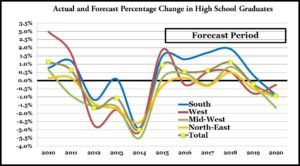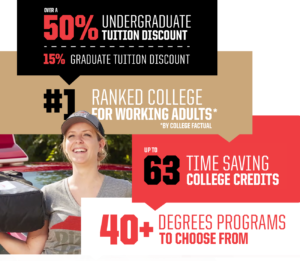February, 2020 archive
Getting Into the Mind of the Applicant 0
GETTING INTO THE MIND OF AN APPLICANT
 Because I have a passion to learn about all forms of alternative healing and disease prevention modalities I once took on the role in 1989 of human pincushion for a student at the New England School of Acupuncture. Come to find out her Dad, a former Boston College professor, was the founder of one of the first firms in the US to successfully build a client base of colleges and show them how to attract teenagers to their colleges. Not only get them to apply, but to fill seats with the highest revenue/seat as possible. I learned a lot from him.
Because I have a passion to learn about all forms of alternative healing and disease prevention modalities I once took on the role in 1989 of human pincushion for a student at the New England School of Acupuncture. Come to find out her Dad, a former Boston College professor, was the founder of one of the first firms in the US to successfully build a client base of colleges and show them how to attract teenagers to their colleges. Not only get them to apply, but to fill seats with the highest revenue/seat as possible. I learned a lot from him.
It was his and similar firm’s success that led to the emergence of the Enrollment Manager position in colleges. Many colleges have long devised enrollment strategies to ensure their survival and vie with competitors; now their tactics are much more sophisticated. No enrollment-management tactic is more controversial than the tuition discount. These days, many colleges see the strategic use of so-called merit aid as an essential recruitment tool, a means of  attracting students who can pay all or most of the cost. Nevertheless, the presidents of some small colleges have described the widespread practice as unsustainable and unethical, especially in an era when so many families have ever-increasing financial need.
attracting students who can pay all or most of the cost. Nevertheless, the presidents of some small colleges have described the widespread practice as unsustainable and unethical, especially in an era when so many families have ever-increasing financial need.
But when we opened our college consulting doors in 1992 the Internet was just a weird technology and not understood by most. Even Harvard drop-out, Bill Gates said, it’s just a passing fade a few years before but certainly not today. Teenagers today know more about computers and the myriad of social media sites etc. etc. than I ever will. 🙂 The ways that prospective college students do their research just on their phones is presenting a real challenge to colleges.
 That complicates life for the VP of Enrollment Management, whose ability to meet numerous institutional goals, academic profile, and tuition revenue depends on forecasts of how many students will eventually matriculate. The less colleges know about applicants, the hazier their crystal balls become. Who’s serious? Who applied only as a worst-case backup option? Such questions echo across a competitive marketplace as many administrators watch the steady decline of their yield, the percentage of accepted students who enroll.
That complicates life for the VP of Enrollment Management, whose ability to meet numerous institutional goals, academic profile, and tuition revenue depends on forecasts of how many students will eventually matriculate. The less colleges know about applicants, the hazier their crystal balls become. Who’s serious? Who applied only as a worst-case backup option? Such questions echo across a competitive marketplace as many administrators watch the steady decline of their yield, the percentage of accepted students who enroll.
Colleges will continue to waste money by bombarding prospects flyers and brochures, along with the annoying auto-responders, when they start surfing college websites. They use social media a lot too. “It’s so important to my generation,” one student told me, “to see what’s really going on.” But, when I work with students, I will work to bring them back to center and establish solid pragmatic parameters around the college search process. This includes understanding the financial responsibility of their eventual decision by May 1 of the senior year.
